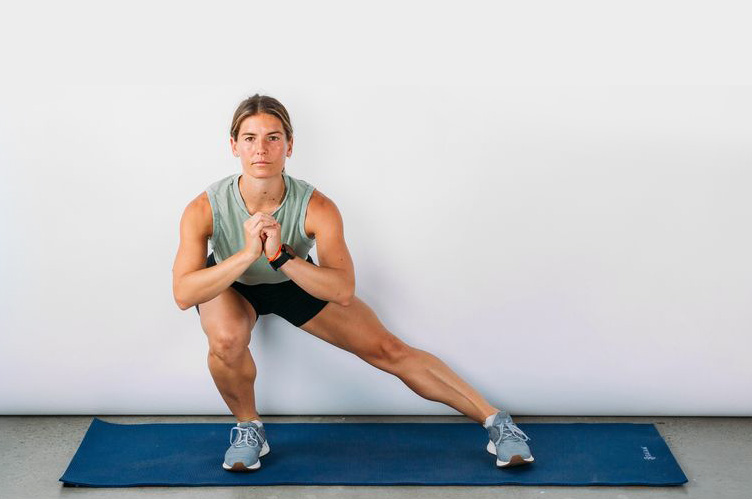Why are dynamic stretches important in running?

At the Furman Institute of Running and Scientific Training (FIRST) in Greenville, South Carolina, we hear from runners who want to get faster, those who simply want to enjoy the sport for life, and those whoБ─≥ve given up on running entirely. TheyБ─≥ve stopped because injuries have made it too frustrating or too painful to continue.
The two of usБ─■both longtime runnersБ─■spend a lot of time discussing what we can do now to increase the likelihood that weБ─≥ll log miles well into old age. We want to be able to keep doing what we love to doБ─■and thatБ─≥s probably a goal of yours, too.
Why do runners get injured?
Based on our experiences as athletes, coaches, and exercise scientists, we developed the 7-Hour Workout Week, which is detailed in our book Train Smart, Run Forever. The plan includes activities to enhance cardiorespiratory endurance, muscular strength and endurance, and flexibility.
Many runners have confessed that they skip the resistance training, dynamic stretching, and cross-training we recommend, but these exercises are critical for staying healthy as you become fitter and faster.
Improving range of motion is an essential component of fitness training. The risk factors associated with poor flexibility include faulty posture, altered running mechanics, and risk of injury and pain. ThatБ─≥s why we recommend stretching every dayБ─■itБ─≥s just that important.
These five moves are easy to do daily and take just minutes to complete. Remember: Five minutes today can prevent eight weeks on the injury list later.
How to perform dynamic stretching exercises
How to use this list: Perform the dynamic exercises above every day and/or before every run. Below, RunnerБ─≥s World+ coach, Jess Movold, demonstrates each move so you can learn the proper form. The entire routine takes less than 5 minutes and can even be performed outside prerun. You need no equipment.
1. Side Lounge
With both feet forward, take a wide step to the right. Bend your right knee as you send hips back and shift your weight over your right foot to drop into a side lunge. Keep chest lifted. Return to standing. Repeat for 30 seconds, then switch sides.
[The best runners donБ─≥t just run, they hit the gym. The BeginnerБ─≥s Guide to Strength Training will teach you all the fundamentals to get the most out of your weight session.]
2. Modified Single-Leg Deadlift
Stand on your left leg with your left knee slightly bent and touch your right toes slightly behind your left leg on the floor for balance. Slowly send hips back and hinge forward until your torso is parallel to the floor, keeping right toes on the ground to stabilize yourself. Return to start position.
Repeat for 30 seconds, then switch legs.
3. Straight-Leg Lateral Swing
With your hands on a wall or something for support, shift weight to left leg. With your right leg straight, swing it across the front of your body and out to right side in a fluid motion.
Do 12 reps, then switch legs.
4. Bent-Knee Lateral Swing
With your hands on a wall or something for support, shift weight to left leg. Bend right knee to a 90-degree angle, and drive it toward your left shoulder and then out to the right.
Do 12 reps, then switch legs.
5. Bent-Knee Forward Swing
With your hands on a wall or something for support, shift weight to left leg. Bend right knee to a 90-degree angle, and drive it up toward chest then extend the leg straight out behind you.
Do 12 reps, then switch legs.

This workout was adapted from RunnerБ─≥s World Train Smart, Run Forever: How to Become a Fit and Healthy Lifelong Runner by Following the Innovative 7-Hour Workout Week, by Bill Pierce and Scott Murr, cofounder
Cr: runnersworld



